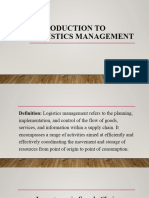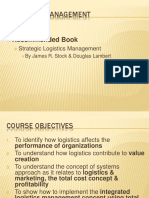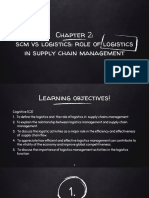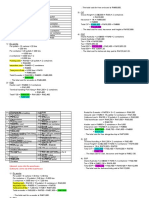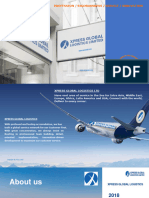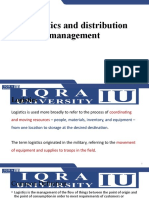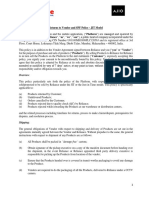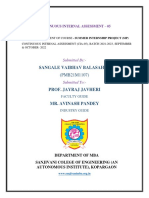0% found this document useful (0 votes)
9 views19 pagesS3 LAACM M1 Chat
The document provides a comprehensive overview of logistics, emphasizing its importance in managing the flow of goods, services, and information within supply chains. Key components include transportation, inventory management, warehousing, and technology, all aimed at enhancing efficiency and customer satisfaction. Additionally, it discusses the advantages of logistics, such as cost savings, global expansion, and sustainability, while highlighting the challenges faced by global organizations in this field.
Uploaded by
hannuphatanCopyright
© © All Rights Reserved
We take content rights seriously. If you suspect this is your content, claim it here.
Available Formats
Download as DOCX, PDF, TXT or read online on Scribd
0% found this document useful (0 votes)
9 views19 pagesS3 LAACM M1 Chat
The document provides a comprehensive overview of logistics, emphasizing its importance in managing the flow of goods, services, and information within supply chains. Key components include transportation, inventory management, warehousing, and technology, all aimed at enhancing efficiency and customer satisfaction. Additionally, it discusses the advantages of logistics, such as cost savings, global expansion, and sustainability, while highlighting the challenges faced by global organizations in this field.
Uploaded by
hannuphatanCopyright
© © All Rights Reserved
We take content rights seriously. If you suspect this is your content, claim it here.
Available Formats
Download as DOCX, PDF, TXT or read online on Scribd
/ 19




